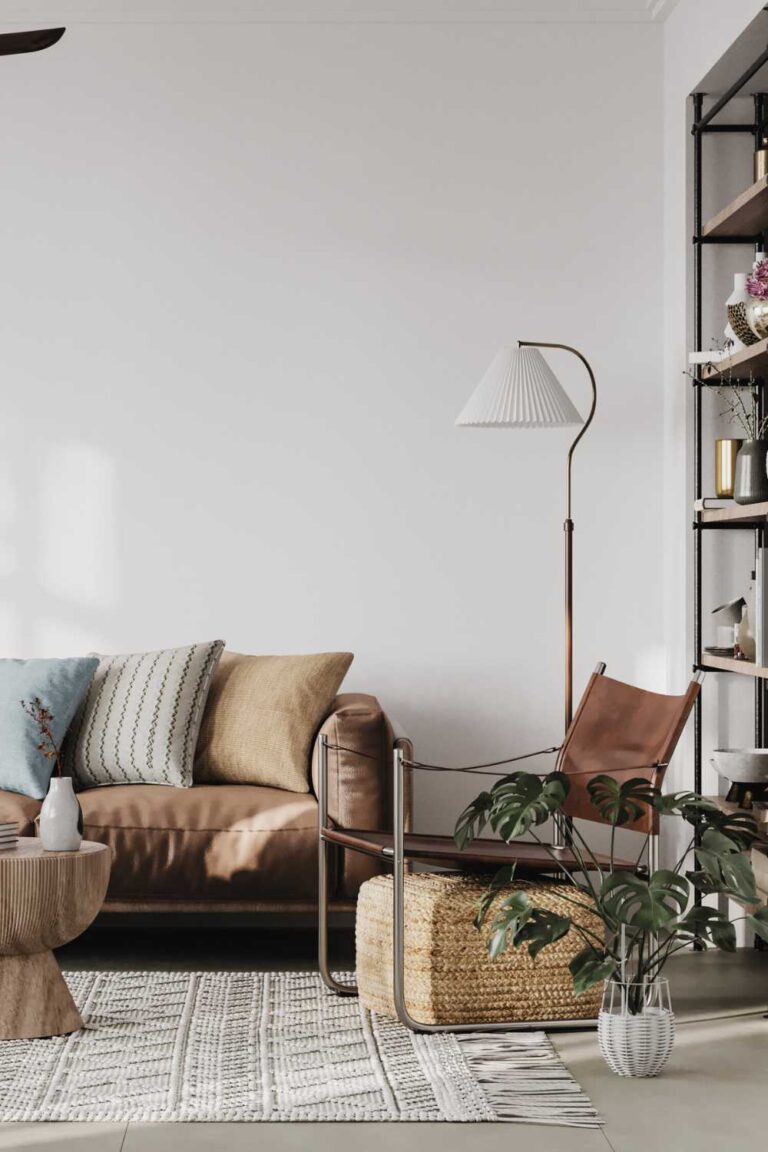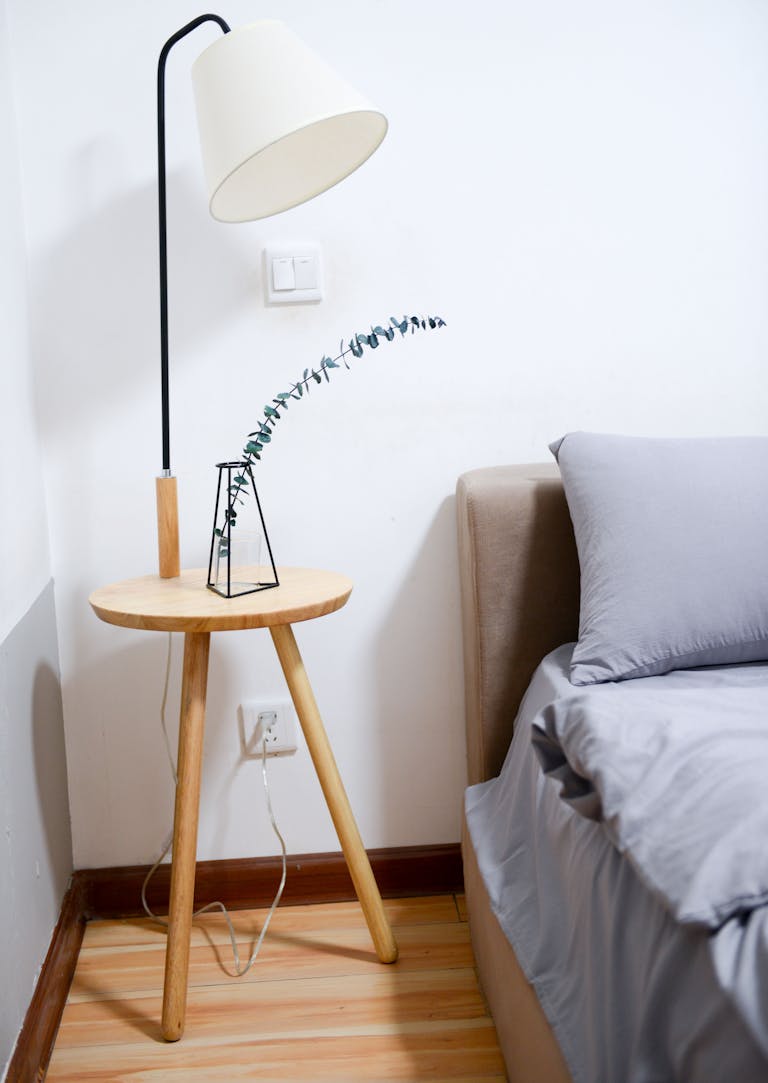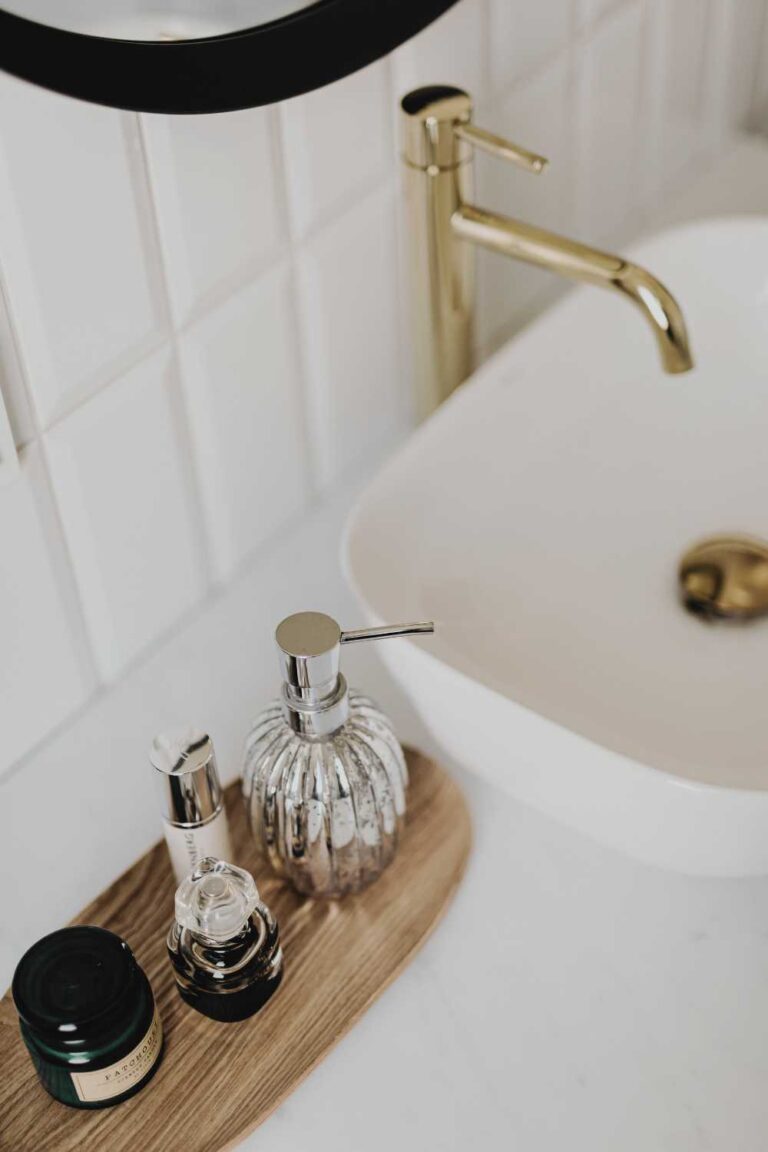Zen Garden Ideas on the Budget: Create Serene Backyard Oasis
Are you looking for a way to create a tranquil paradise with meditation spaces and stepping stones in your backyard, using maintenance plants? A zen garden may be just what you need. Rock garden, also known as Japanese zen garden or karesansui, is designed to aid meditation and provide a place for quiet reflection.
The traditional zen garden consists of a small, raked sand or gravel area surrounded by larger rocks and a few carefully chosen plants. However, there are many ways to design zen gardens; you don’t need a large budget to create a beautiful, serene space.
What are some Zen garden ideas that are budget-friendly?
Some Zen garden ideas that are budget-friendly and promote meditation include using simple and natural materials such as sand, rocks, and gravel. You can create patterns in the sand with a rake, or arrange rocks and pebbles to create a minimalist design. You can also incorporate budget-friendly plants like moss, ferns, or succulents, which are relatively low-cost and easy to care for ideas.
Let’s explore some more zen garden ideas on a budget, so you can create your own tranquil oasis without high cost.
Get Inspired by Japanese Gardens
The Japanese have been designing gardens for centuries and many incorporate zen principles. Look at some examples of traditional Japanese zen gardens to get ideas for your zen garden.
Traditional zen gardens often feature zen elements, such as rocks, water, and plants, arranged harmoniously and balanced. You may not be able to replicate a large-scale Japanese garden on a budget.
Still, you can use some of the same elements and design principles in your garden center.
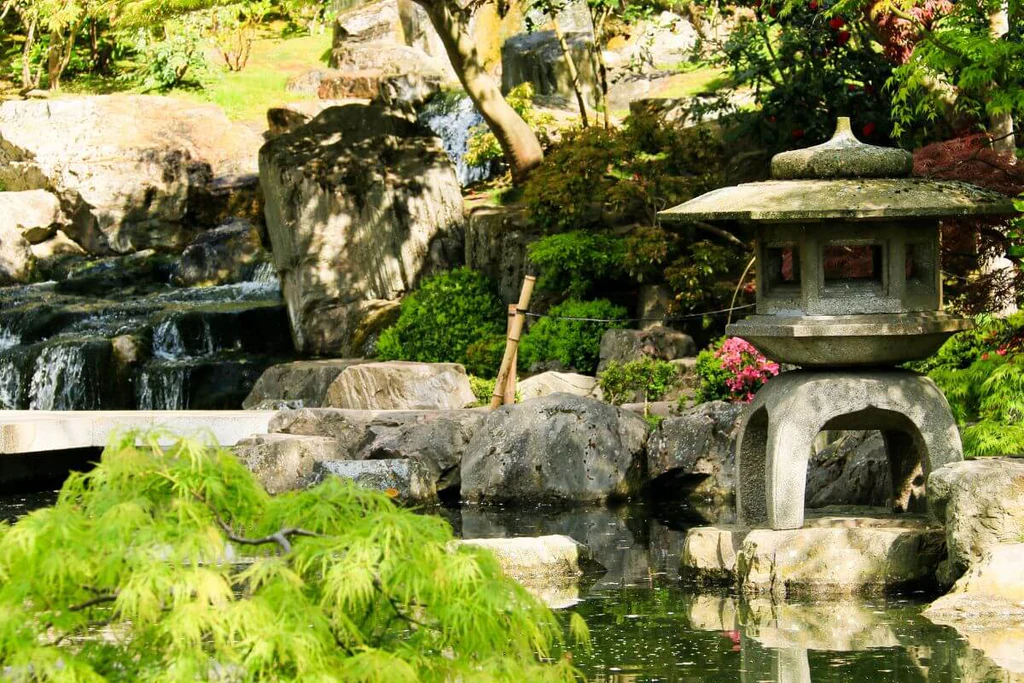
Image by: Pexels
Keep it Simple
One of the critical principles of zen is simplicity. Keep your zen gardens design simple and uncluttered. Try to cram only a few elements into a small space. Instead, choose key features to create a focal point and add to the overall sense of calm.
A simple zen garden consists of a small area of raked gravel or sand surrounded by a few larger rocks and a low-maintenance plant.
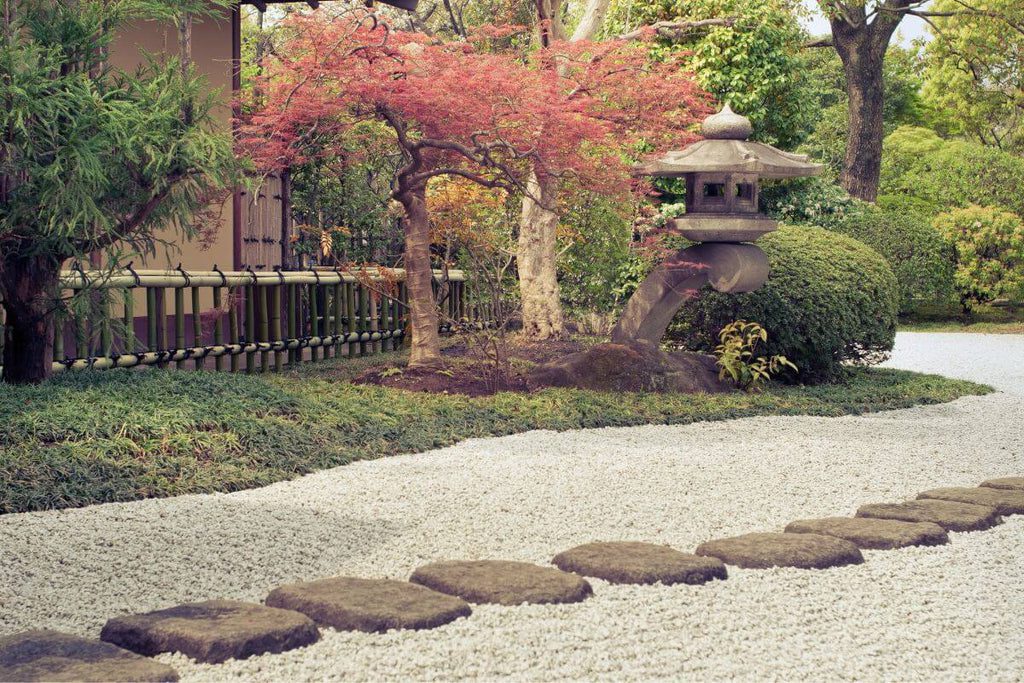
Image by: Unsplash
Use Natural Elements
Natural elements are essential to zen garden design. Choose natural-looking materials, such as river rocks or flat stones, to create your garden’s structure.
Consider adding a water feature, such as a bamboo water feature, to add a sense of tranquility. Slow-growing trees or wood ferns can add a touch of greenery while being low-maintenance.

Image by: Unsplash
Create Your Own Backyard Zen Garden
You only need a little space to create a zen garden. In fact, mini zen gardens can be a perfect addition to a small outdoor space. You only need a small container, fine gravel, and a rake.
Use the rake to create a ripple pattern in the stone, mimicking the way of ocean waves. Add a small rock and a sculptural element, such as a small Buddha statue, to create a meditative space.
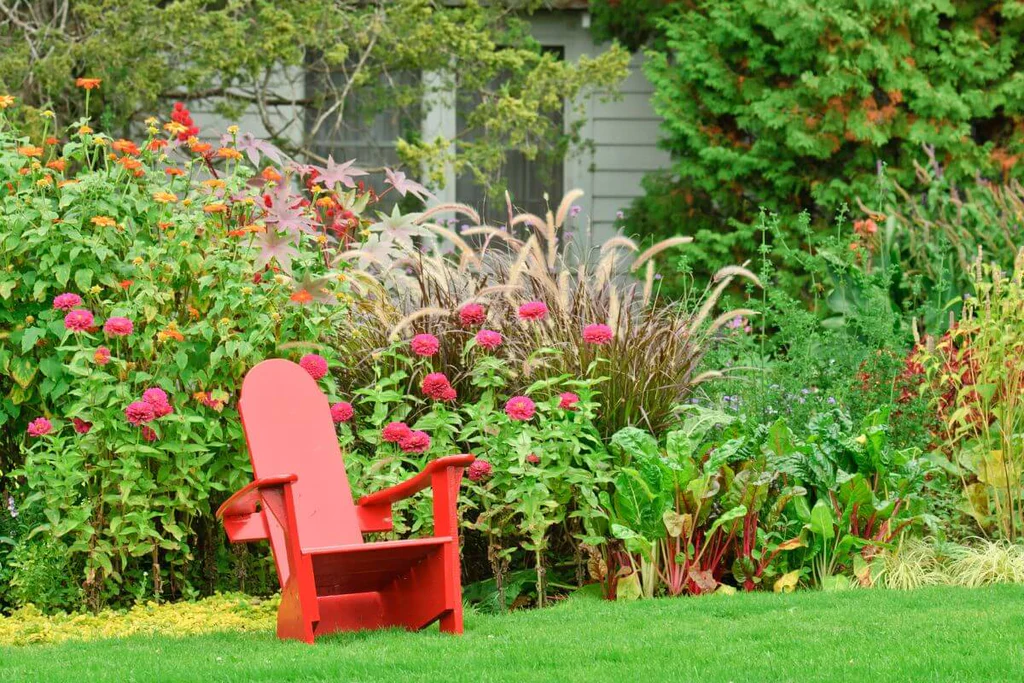
Image by: Unsplash
Incorporate Larger Rocks
Large rocks can add stability and balance to your zen garden. Use them to create a border around your raked sand or gravel area, or place them strategically throughout the park to make a statement piece.
You can often find large rocks for free or low cost at yard sales or online classifieds.
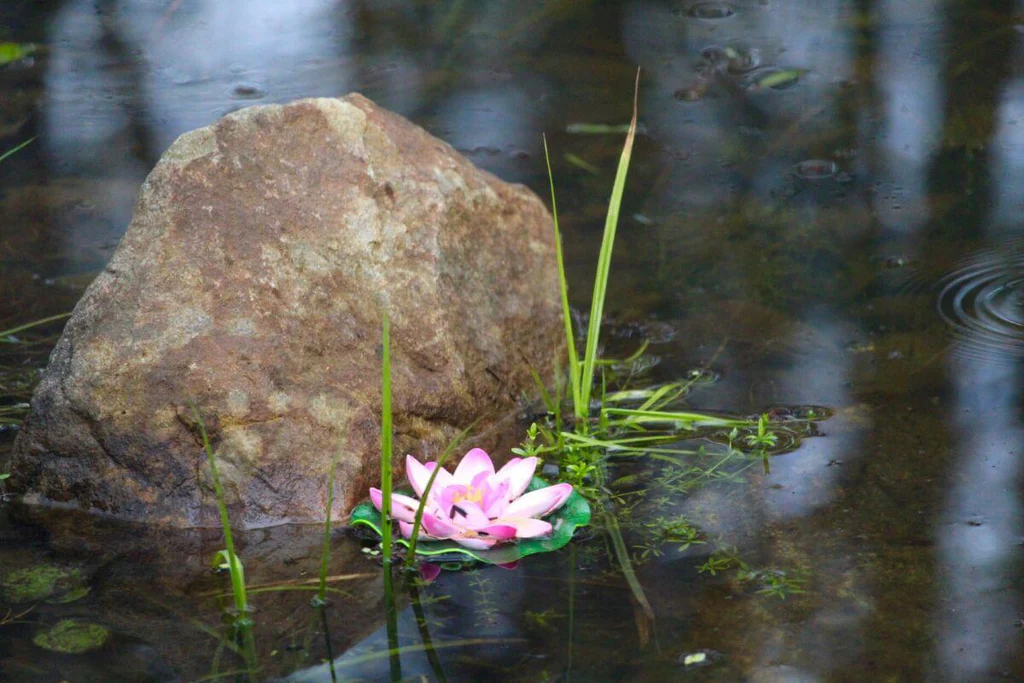
Image by: Pexels
Add a Water Feature
A water feature, such as bamboo or a small fountain, can add a sense of calm and tranquility to your zen garden. The sound of trickling water can be very relaxing and soothing.
If you don’t have the budget for a pre-made water feature, you can create your own using a small pump and some river rocks.
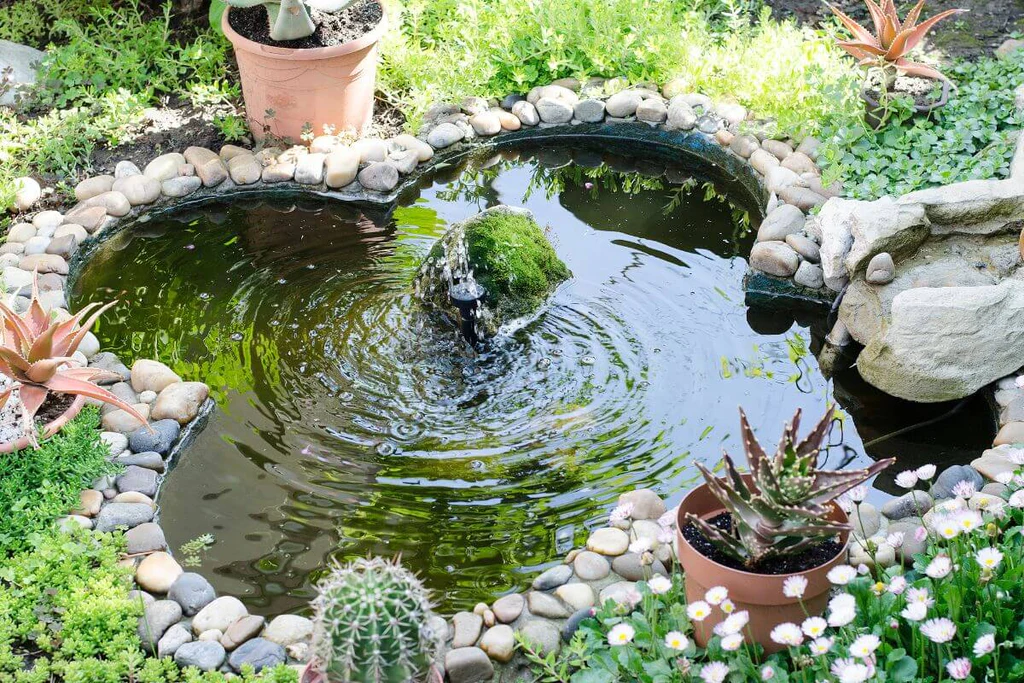
Image by: Pexels
Create a Zen Space for Outdoor Living
Your zen garden doesn’t have to be separate from the rest of your outdoor living area. In fact, you can use your zen gardens as a focal point for a seating area or outdoor living room.
Add a metal bench or a few cushions to create a comfortable and serene relaxing space.
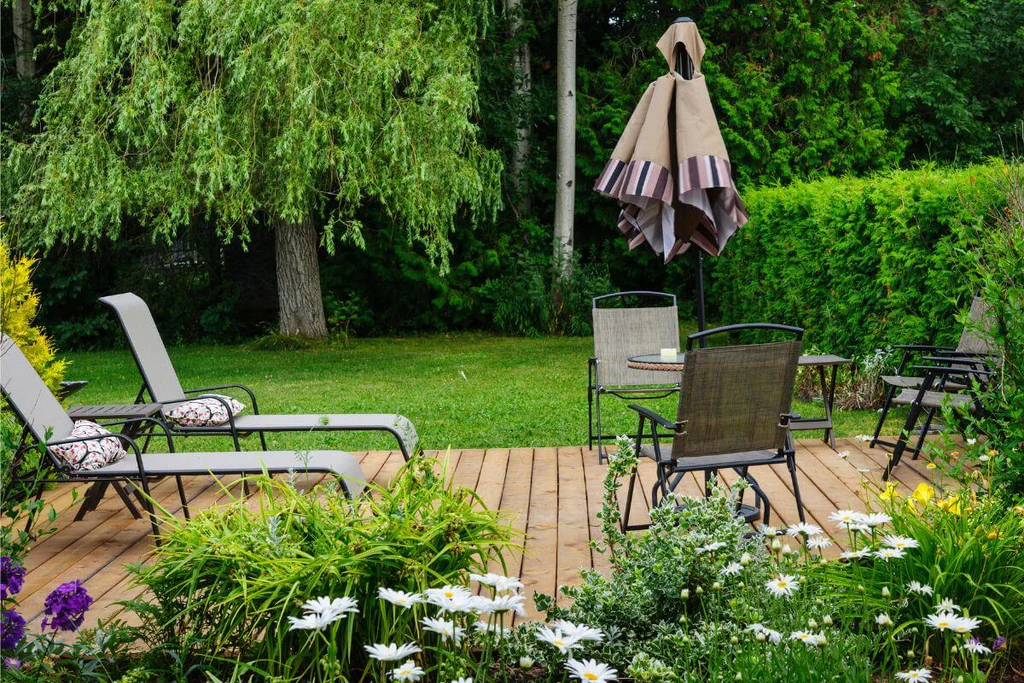
Image by: Pexels
Use a Stepping Stone Path
A stepping-stone path can be a great addition to your zen gardens, leading visitors on a journey through the area. Use natural-looking stones or balanced rocks to create an approach through your garden.
You can also use stepping stones to create a border around your raked sand or gravel area.
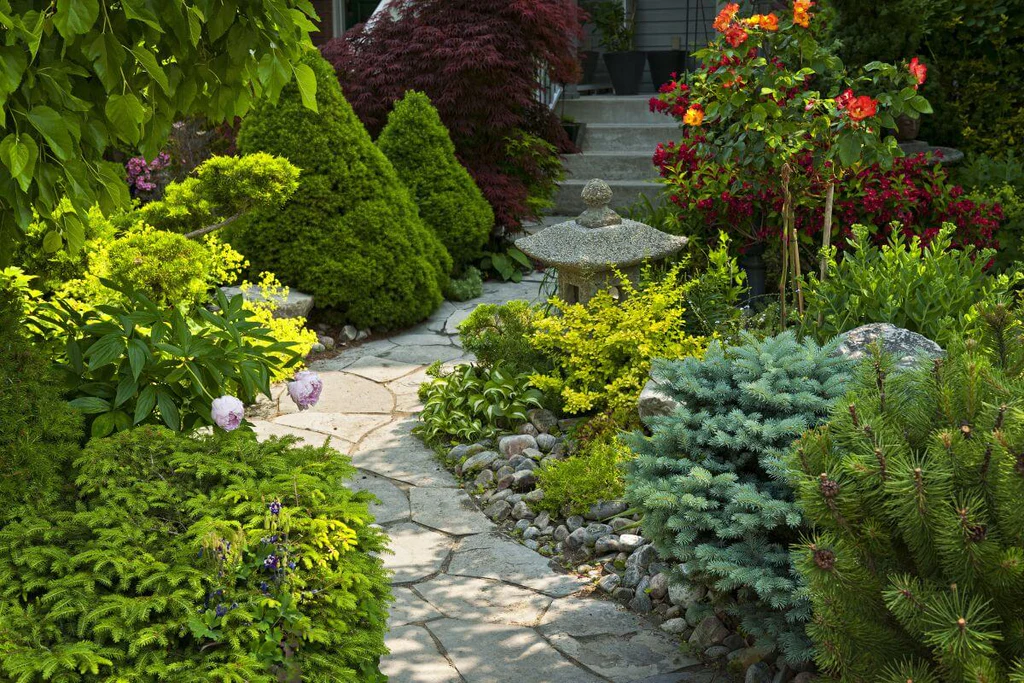
Image by: Pexels
Choose Low Maintenance Plants
Choose low-maintenance options if you plan to incorporate plants into your zen garden. Pampas grasses, harts tongue fern, and Japanese maple are all good options that require little maintenance.
Be sure to choose plants that thrive in your local climate and are suited to the sunlight and water your Japanese zen garden will receive.

Image by: Pexels
Choose Plants that Add Texture
Plants can add texture and depth to your zen gardens, helping to create a sense of balance and harmony.
Choose plants with attractive foliage, such as harts tongue fern, or that make sense of movement, such as pampas grasses.

Image by: Pexels
Use Slow Growing Tree Ferns for a Touch of Greenery
Slow-growing tree ferns can be a perfect addition to your zen garden, adding a touch of greenery and texture without taking over the space.
Choose a variety that is well-suited to your local climate, and that is low maintenance.
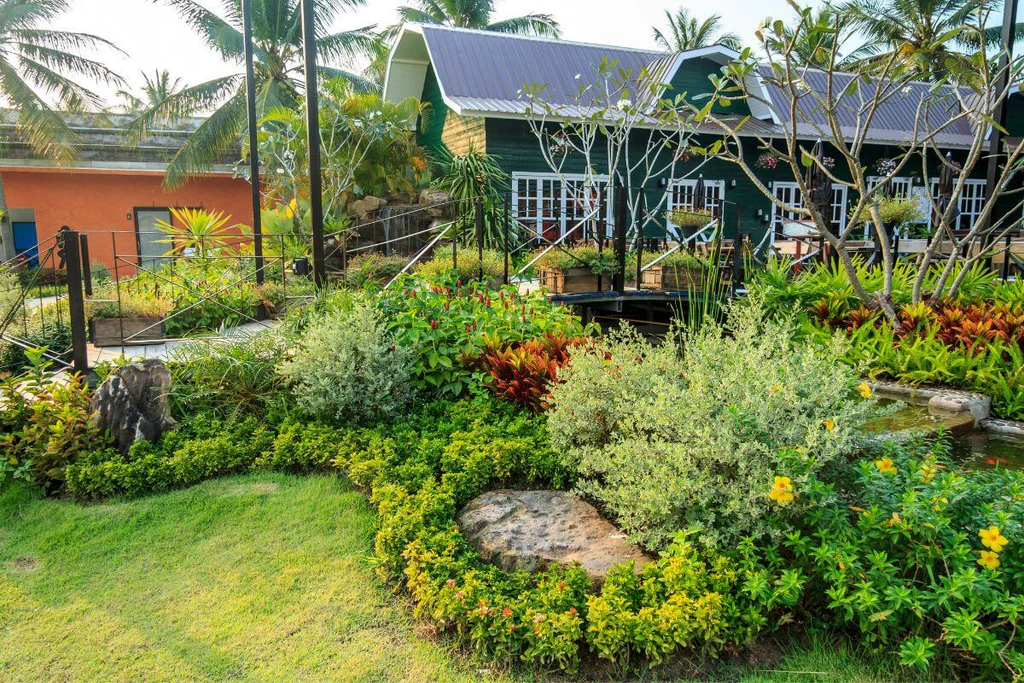
Image by: Pexels
Choose Plants with Positive Energy
Choosing the right plants for your zen gardens is essential to incorporating Feng Shui principles into your design. In Feng Shui, plants are believed to have a positive energy that can help to promote harmony and balance in your environment.
Some plants, such as bamboo, orchids, and lotus flowers, have particularly positive energy. Bamboo is a popular plant in Feng Shui because it is believed to promote growth, resilience, and prosperity. Orchids are another popular plant that promotes love, beauty, and harmony.
The lotus flower is also commonly used in Feng Shui, representing purity and enlightenment. In addition to these specific plants, any plants that are healthy and vibrant can contribute positively to your zen garden.
When choosing plants, it’s essential to consider the size, shape, and placement of each plant in the overall design of your garden.
By selecting plants with positive energy and thoughtfully incorporating them into your garden design, you can create a harmonious and calming environment that promotes relaxation and inner peace.
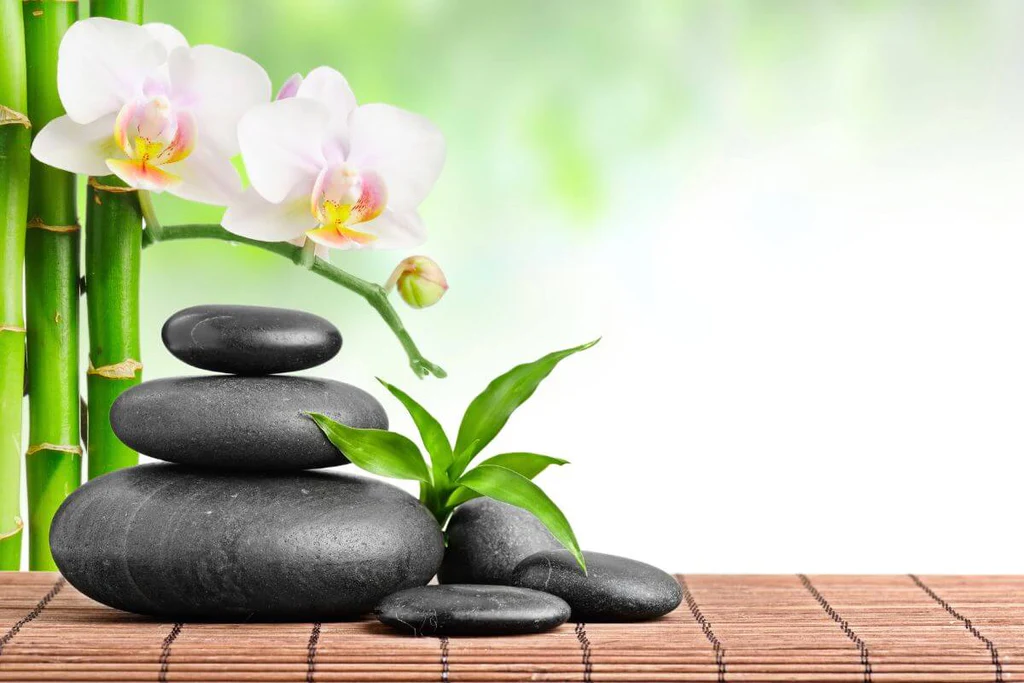
Image by: Unsplash
Rake the Gravel Regularly
If you’ve created a zen garden with raked sand or gravel, regularly rake it to maintain its appearance. This is an essential part of zen gardening, as the sprawl pattern in the sand or gravel is meant to mimic the way of waves.
Raking the gravel is also meditative, providing a sense of focus and calm.

Image by: Pexels
Use Fine Gravel for a More Polished Look
Consider using fine gravel instead of sand if you want a more polished look for your zen garden. Fine gravel can create a more uniform appearance while allowing for the ripple pattern raking creates.
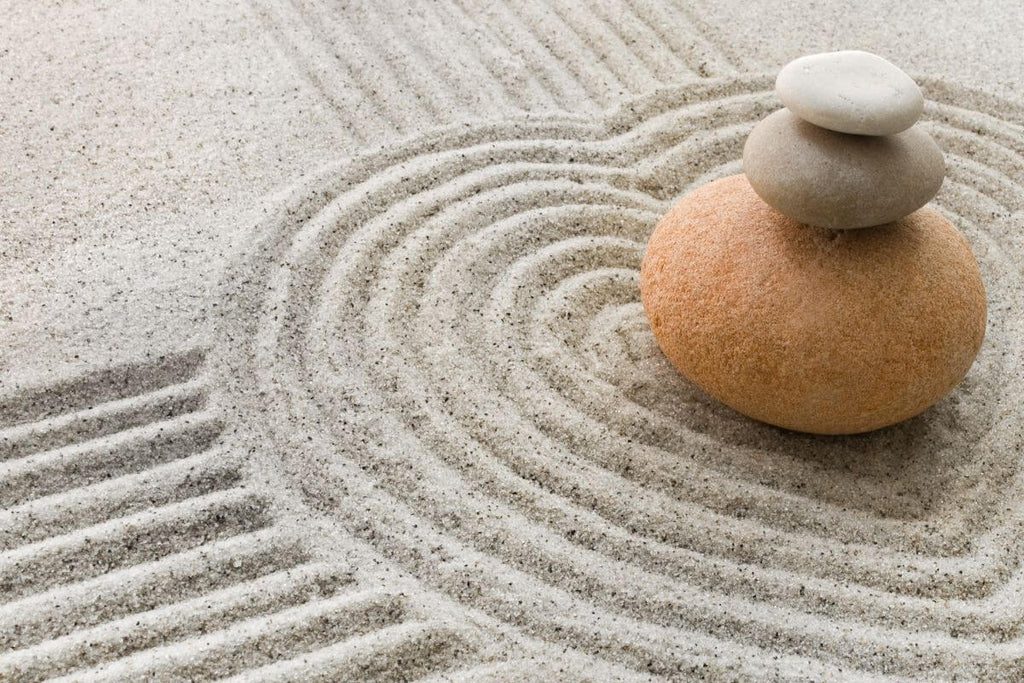
Image by: Pexels
Use Natural Repellents to Deter Pests
If you’re dealing with pests in your garden, such as slugs or snails, try using natural repellents to deter them.
You can use water and vinegar to create a barrier around your plants or plant garlic or other natural repellents.

Image by: Pexels
Deter Deer with Natural Repellents
If you live in an area where deer are common, you may need to take steps to deter them from eating your plants.
Use natural deer repellents, such as planting garlic or spraying a mixture of hot sauce and water on your plants.

Image by: Unsplash
Use a Small Rake
A rake is an essential tool for maintaining your own zen garden. Choose a small rake with a long handle to easily reach all garden areas.
Use the rake to create a sprawl pattern in the sand or gravel and maintain the garden’s appearance over time.

Image by: Unsplash
Use Large Stones for a Dramatic Effect, Sculptural Element and to Create a Height
Creating a zen garden involves careful attention to detail and the use of natural elements to promote a sense of balance and harmony. Stones and rocks can be powerful tools in achieving this goal.
One way to incorporate large stones into your zen garden is to use them as a focal point. Place a large rock in a prominent location in your garden, such as in the center or entrance. Draw the eye and create a sense of structure. The stone can be a statement piece and dramatically affect your garden.
In addition to their visual impact, stones can be used as sculptural elements. Choose stones with exciting shapes and textures that complement the design of your garden. Use them to create a sense of balance and harmony and to add depth and dimension to your space.
Large rocks can also create height and structure in your zen garden. Use them to define the space, develop an understanding of balance, and make sense of enclosure. You can stack large rocks to create a retaining wall or use them to create a natural-looking pathway or border.
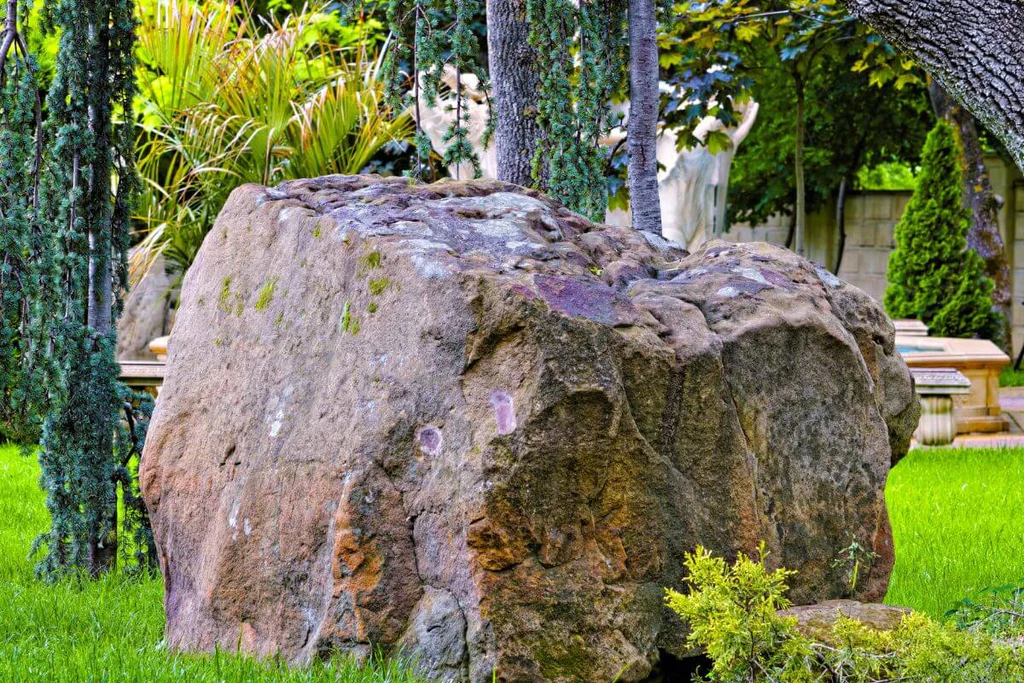
Image by: Pexels
Create a Point of View
When designing your outdoor zen garden, creating a focus that will serve as a visual anchor and enhance the sense of balance and harmony in your space is essential. A focus can be any element that draws the eye and commands attention, such as a large rock, a buddha statue, or a water feature.
A large rock can be a powerful and dramatic moment in your zen garden. Choose an exciting and unique stone with a shape and texture that complements the design of your garden. Place it in a prominent location, such as the garden’s center, to draw the eye and create a sense of structure.
A Buddha statue is also popular for a zen “Buddhism” garden. It can add a sense of tranquility and serenity to your space. Let it serves as a reminder to meditate and reflect. Choose a statue that is in proportion to the size of your garden and that matches the overall design.
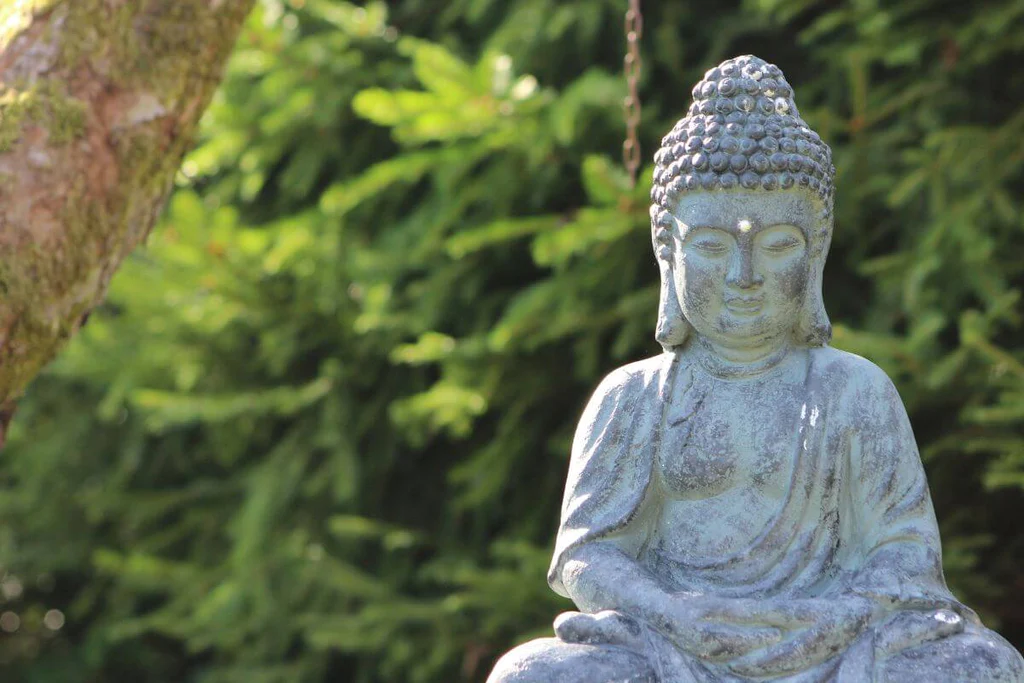
Image by: Pexels
Use Stone Lanterns for Nighttime Ambiance
A stone lantern can add warmth and ambiance to your zen garden at night. Choose lanterns that fit the natural environment, and place them where they will be visible from your seating area.
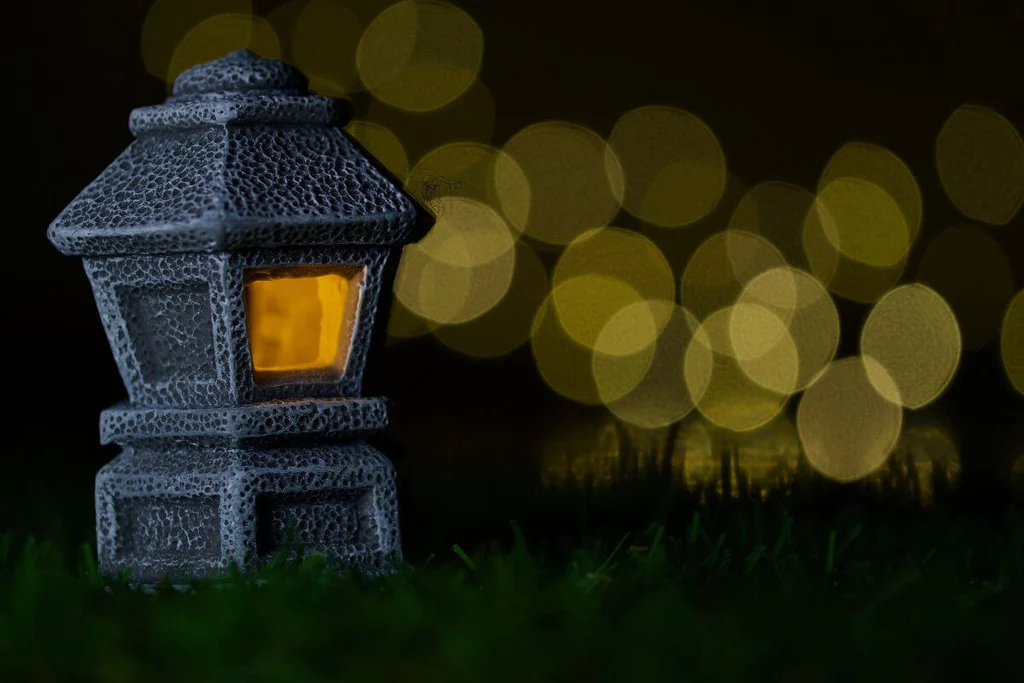
Image by: Unsplash
Create a Serene Scene with Wood Ferns
Wood fern can add a touch of greenery to your zen gardens while also helping to create a bright scene. Choose a variety that is well-suited to your local climate, and that is low maintenance.
Hart’s tongue fern is slow growing, so it won’t take over your garden and can add a sense of calm, zen spaces.
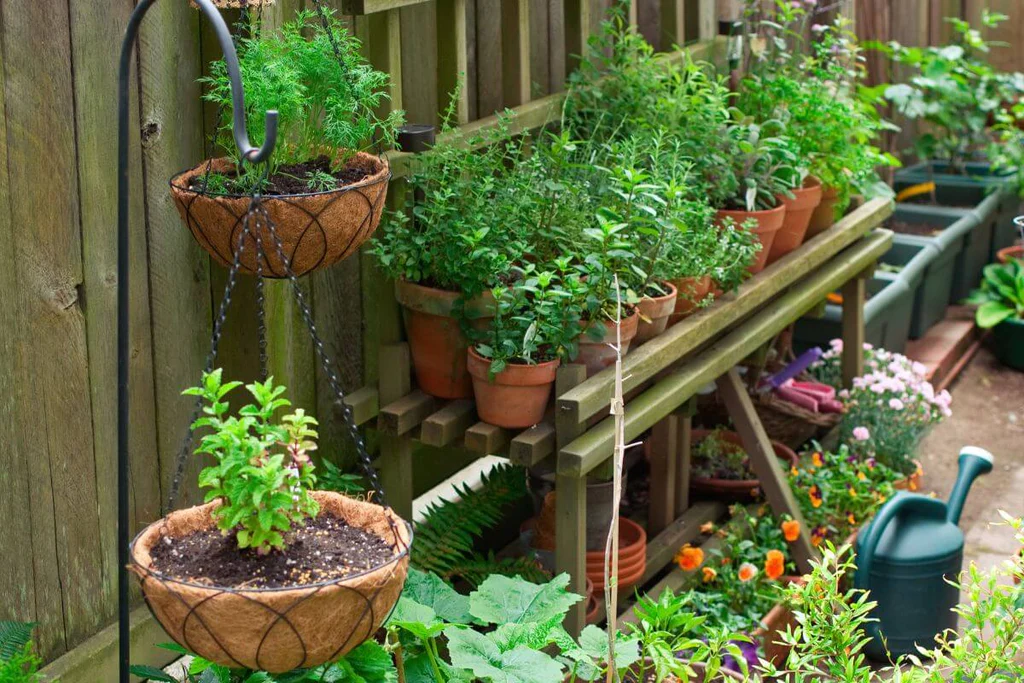
Image by: Pexels
Use a Cherry Tree for a Touch of Color
A cherry tree can add a beautiful touch of color to your zen garden while providing shade and a sense of tranquility.
Choose a variety well-suited to your local climate that fits your garden’s overall design.

Image by: Unsplash
Create a Seating Area for Quiet Contemplation
Your zen garden can be a place for quiet relaxation. Create a seating area where you can sit and enjoy the beauty of your garden.
Add a bench or a few cushions to create a comfortable and serene space for reflection.
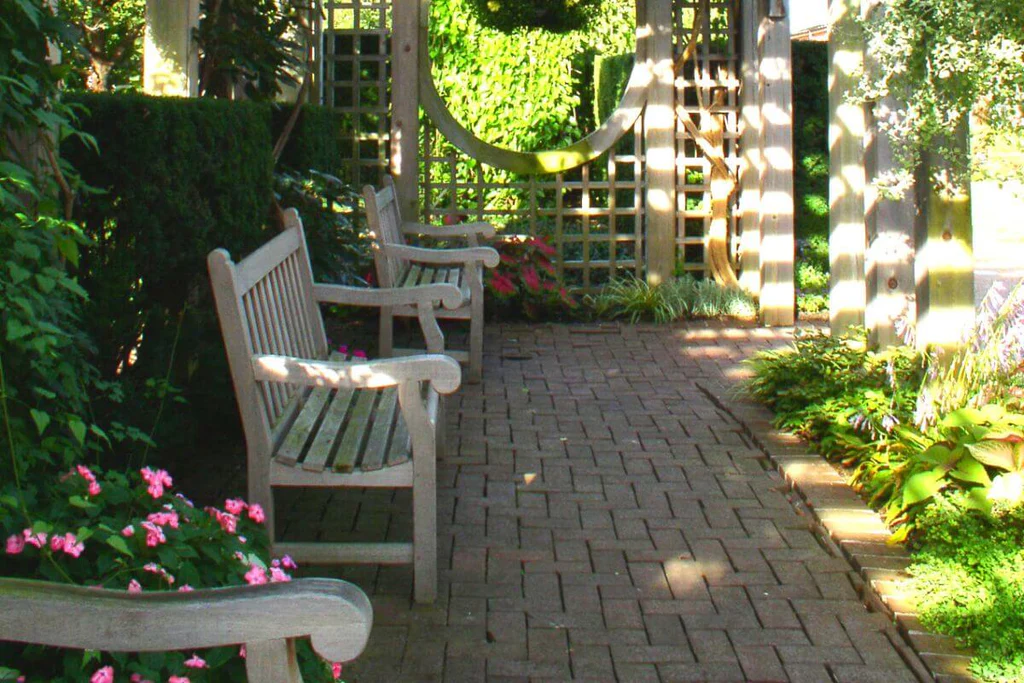
Image by: Pexels
Use Stone Benches for Seating
Stone benches can be a great addition to your zen garden, providing a comfortable and serene seating area.
They can be purchased or made at home and customized to fit your garden’s overall design.
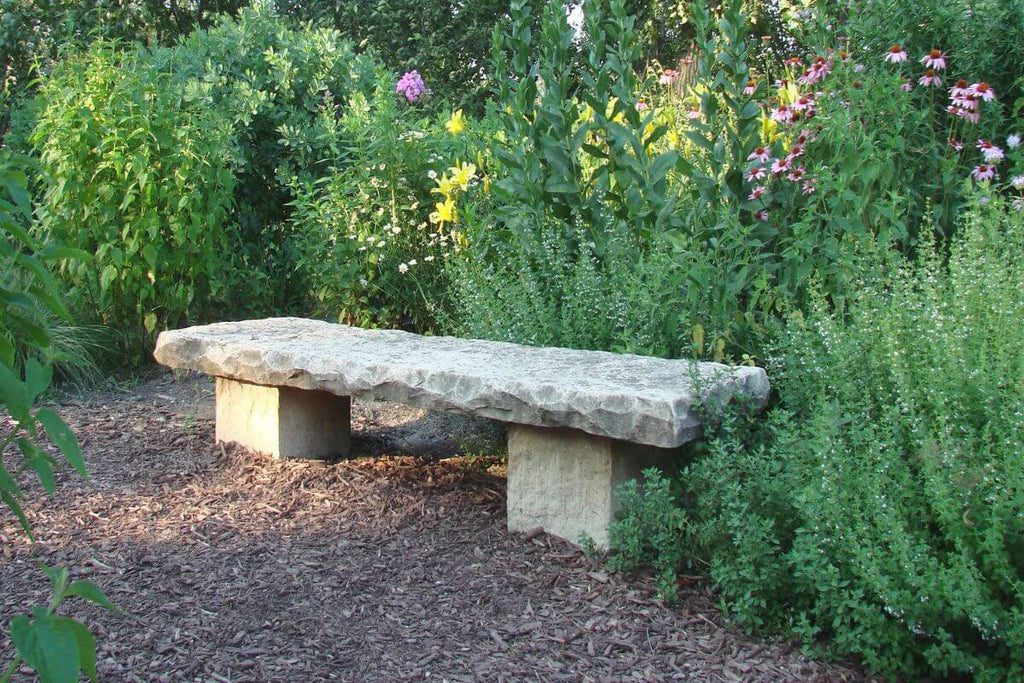
Image by: Pexels
Use Flat Stones for a More Modern Look
If you’re looking for a more modern look for your zen garden, consider using flat stones instead of natural-looking rocks.
Balanced stones can create a more uniform appearance while still fitting with the overall design of your garden.
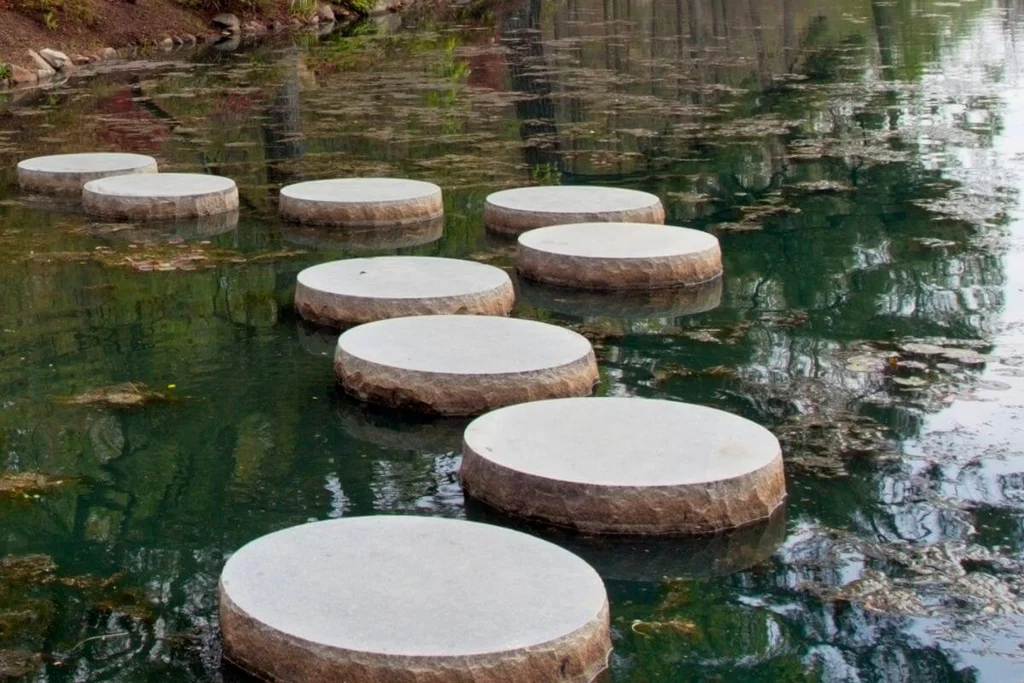
Image by: Pexels
Use a Raked Gravel Area for Meditation
The raked gravel area in your zen garden can be perfect for meditation or quiet contemplation.
Sit on a small stool, and focus on the trickling water’s sound, the texture of the gravel, and the overall sense of calm.

Image by: Pexels
Choose Water Features that Fit with the Design of Your Garden
If you’re planning to incorporate a water feature into your zen garden, choose one that fits with the overall design of your garden. A bamboo water feature can be a great addition to a garden with an Asian-inspired design.
In contrast, a more traditional water feature may fit better with a more natural green.

Image by: Unsplash
Create Your Own Water Feature
If you don’t have the budget for a pre-made water feature, you can create your own using a small pump and some river stones.
Place the pump in a water container, and arrange the stones around the pump’s base. The sound of the running water can be very soothing.
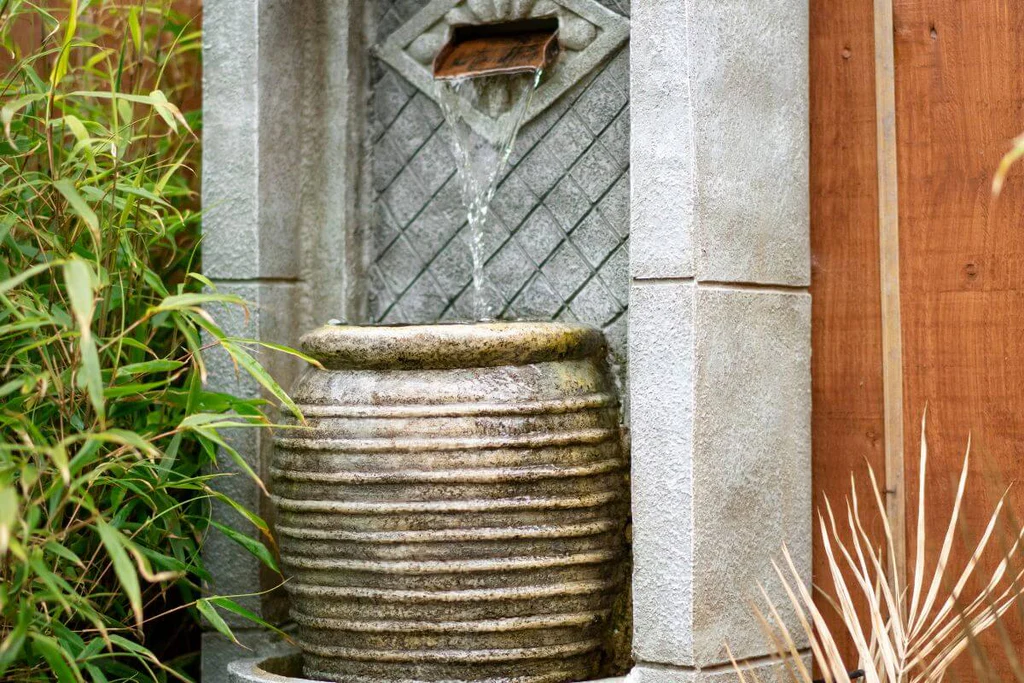
Image by: Pexels
Use Bamboo Screens for Privacy
A bamboo screen can be a great addition to your zen garden, helping to create a sense of privacy and tranquility.
Choose a screen that fits with the overall design of your garden, and place it in a location where it will provide the most privacy.
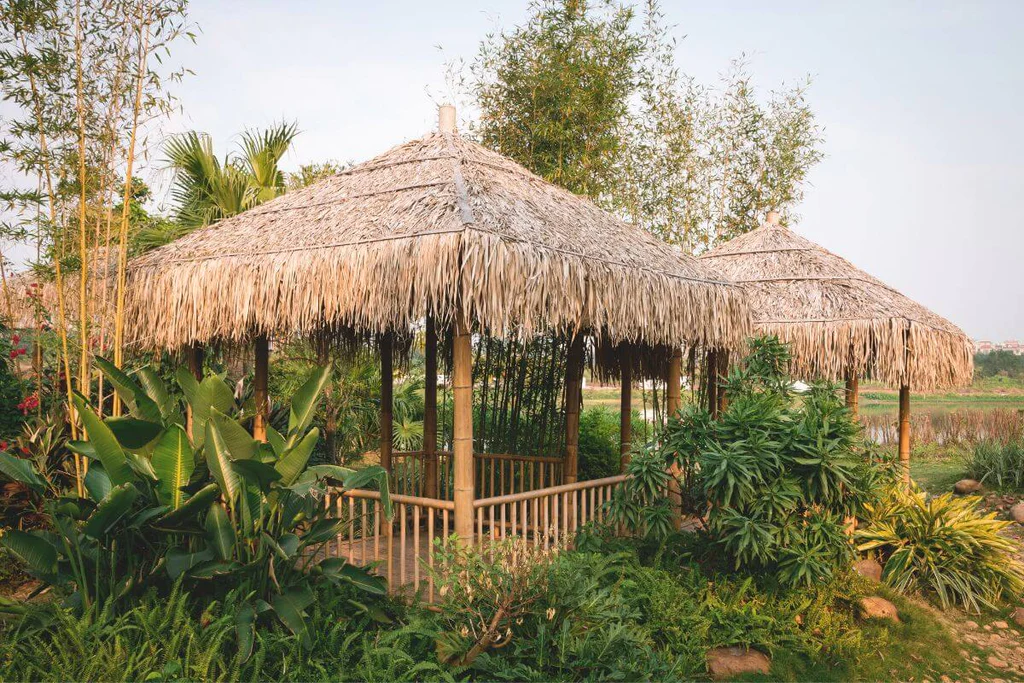
Image by: Unsplash
Use Ground Cover to Add Texture and Color
Ground cover can be a great addition to your zen garden, adding texture and color while also helping to control weeds.
Choose a variety well-suited to your local climate that fits your garden’s overall design.
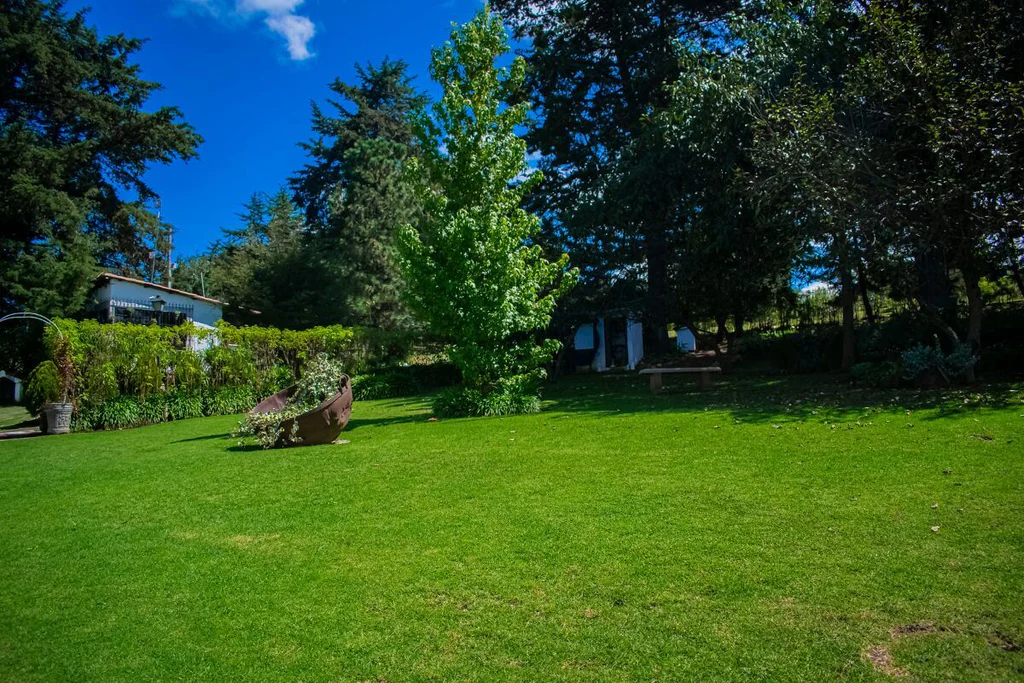
Image by: Pexels
Create Your Own Mini Zen Garden as Decor
Creating your own mini zen garden can be a fun and creative project that can be done on a budget.
Use a small container, sand or gravel, and a few carefully chosen rocks to create a calming and peaceful space.
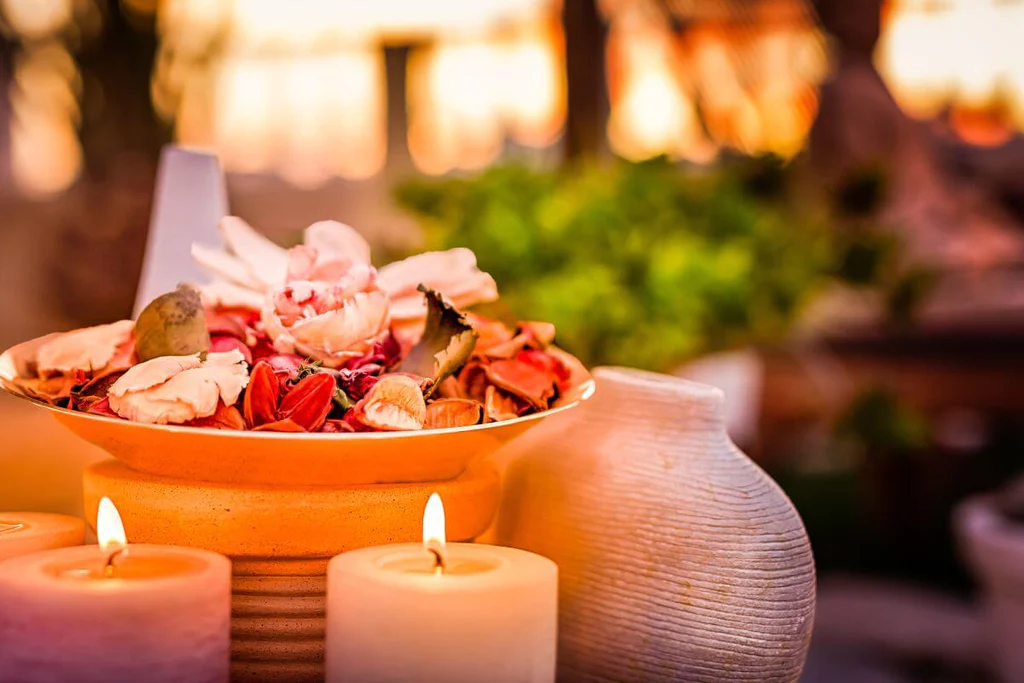
Image by: Unsplash
The color scheme for your zen gardens
Colors are essential in creating a calming and peaceful environment in your zen garden. In Feng Shui, color influences mood and energy flow. Choosing the right colors can help make sense of balance and harmony in your garden.
One popular color choice for a zen garden is green, associated with growth, balance, and renewal. Consider incorporating green plants or moss into your garden design to create a sense of tranquility and calm.
Blue is another calming color that can be used to promote relaxation and inner peace. Consider incorporating blue flowers or water features, such as a small fountain or pond, to add a sense of calm to your garden.
White is also a popular color choice for a zen garden, representing purity and clarity. Use white gravel or stones to create a clean and simple look in your garden.
If you prefer a more vibrant color scheme, consider using red or orange to add energy and vitality to your garden. These colors are associated with passion and creativity and can add a sense of excitement to your garden design.
When choosing colors for your zen garden, it’s essential to consider the overall mood and energy flow you want to create in your space.
Using colors thoughtfully and intentionally creates a harmonious and peaceful environment that promotes relaxation and inner peace.
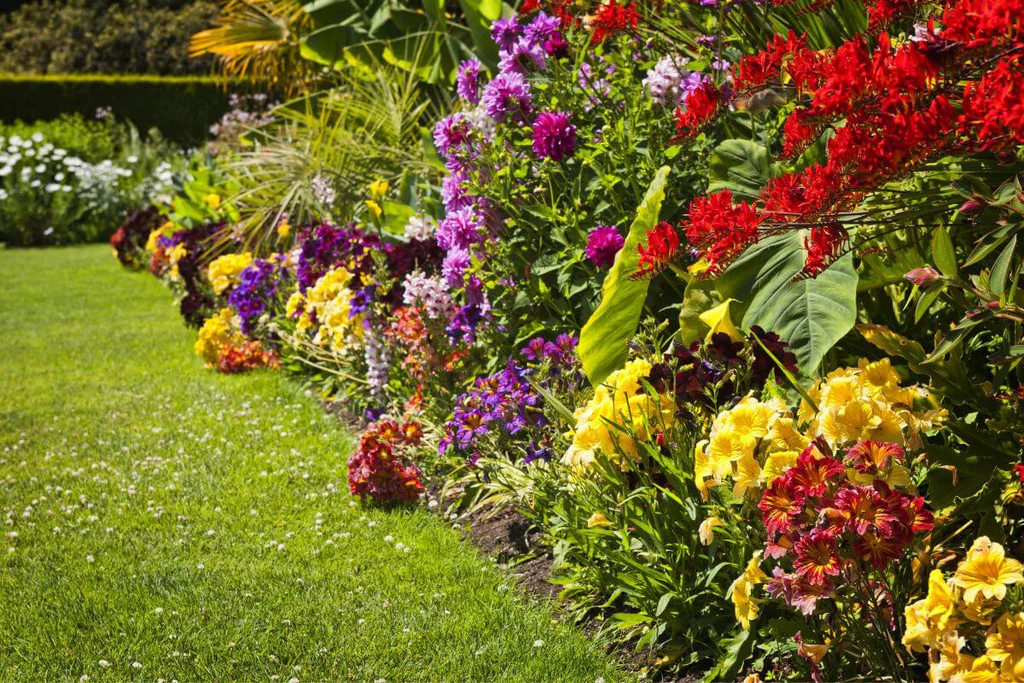
Image by: Pexels
How can I make my Zen garden look more authentic?
To make your Zen garden look more authentic, focus on creating a simple and harmonious design. Use natural materials like sand and rocks, and arrange them in a way that feels balanced and peaceful. Consider incorporating elements like a small water feature, a bamboo fence or trellis, or a traditional Japanese lantern or statue. You can also use a Zen garden kit or guide to help you create a design that is true to the principles of Zen Buddhism.
Final Words
Zen garden ideas on a budget can be a fun and rewarding project that can help you to create a serene and peaceful space in your backyard. Using natural elements, simple design principles, and low-cost materials, you can create a beautiful and calming space that you can enjoy for years.
Incorporate plants, water features, and other elements that fit with your Japanese rock garden’s overall design, and regularly maintain your space. You can create a peaceful haven in your backyard with little effort and creativity.

